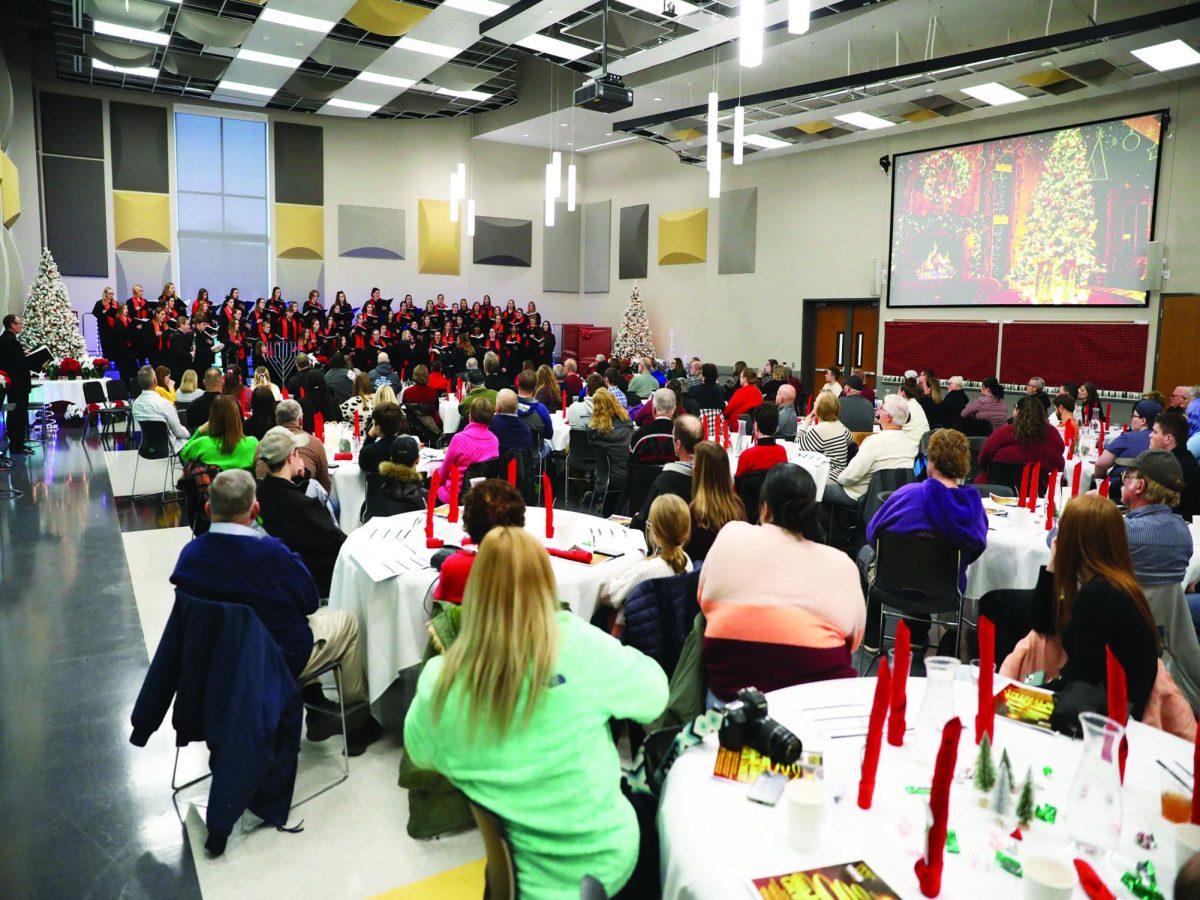Racing through a snowy, frozen tundra
December 3, 2014
Were it not for a time consuming and thorough removal effort, Wayne State cross country would’ve become Wayne State snowshoeing.
In preparation for the NCAA Division II Central Region Championships on Nov. 22, head coach Marlon Brink, along with maintenance staff Kim Schramm and Terry Rahn, took on the snow headfirst.
“There was about five inches of snow on the course,” said Brink, adding that some of the areas on the course had drifts that were close to a foot deep.
It was a difficult undertaking as the snow not only needed to be removed, but it needed to be done without tearing up the sod underneath. This was where some clever engineering took place.
“They [Schramm and Rahn] came up with a great system by putting a PVC pipe across the bottom of the blade [of the snow plow] to keep the blade above the grass surface,” Brink said. “It worked really slick.”
The snow on the course was removed on a Tuesday before the race took place on the following Saturday.
The Wayne Country Club was host to 31 schools from across Division II, with approximately 200 competing in the women’s race, and 150 competing in the men’s race.
The removal of the snow did not bring an advantage for Wayne State, as the team finished in 19th place overall, with junior Justin Brueggemann recording a 34 minute flat time, while senior Nathan Boggess ran in 35 minutes and 16 seconds.
Other members of the WSC squad competing included Corbin Lehn, who finished at 35:39, Nick Fly at 36:03, Nick Schmit at 36:16 and Brandon Ketchum at 37:47.
The WSC women’s team finished 28th in the team standings, with senior Skyler Lippman leading Wayne State and finishing with a time of 25 minutes and 20 seconds.
The Central Region Championships was the race that determined which schools would finish in the top four and compete in the national championships in December in Louisville, Ky.
As for the snow removal efforts, it’s clear that with some keen ingenuity and hard work, removing a golf course-sized pile of snow, while difficult, is achievable.
“Many of the coaches from the meet were amazed at how well the course was able to be prepared for the meet given the conditions,” Brink said. “They thanked us for all of the hard work and time to make it a great championship event.”






